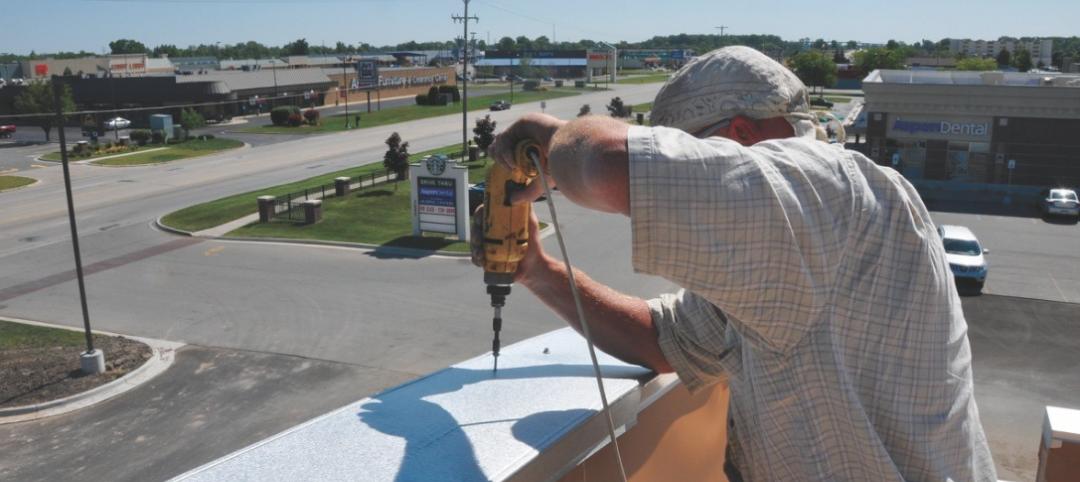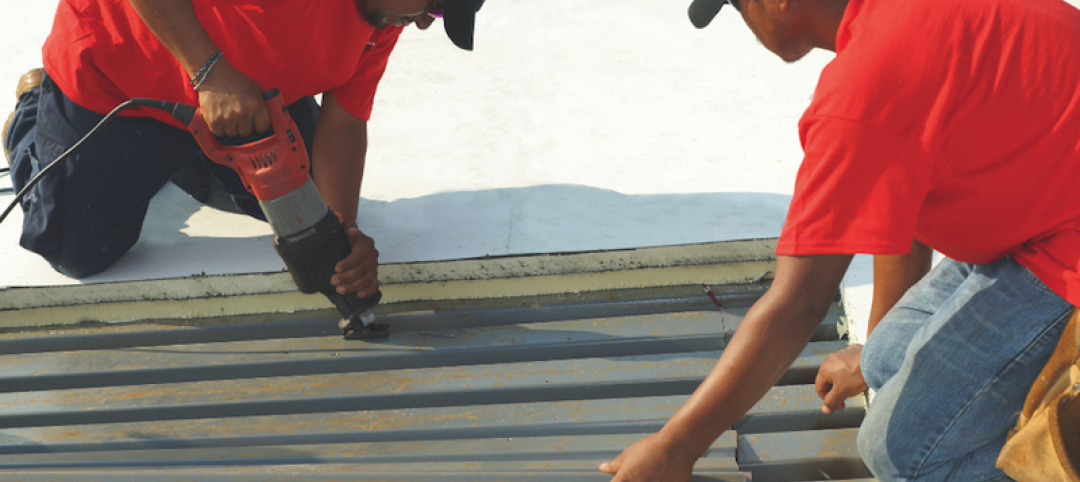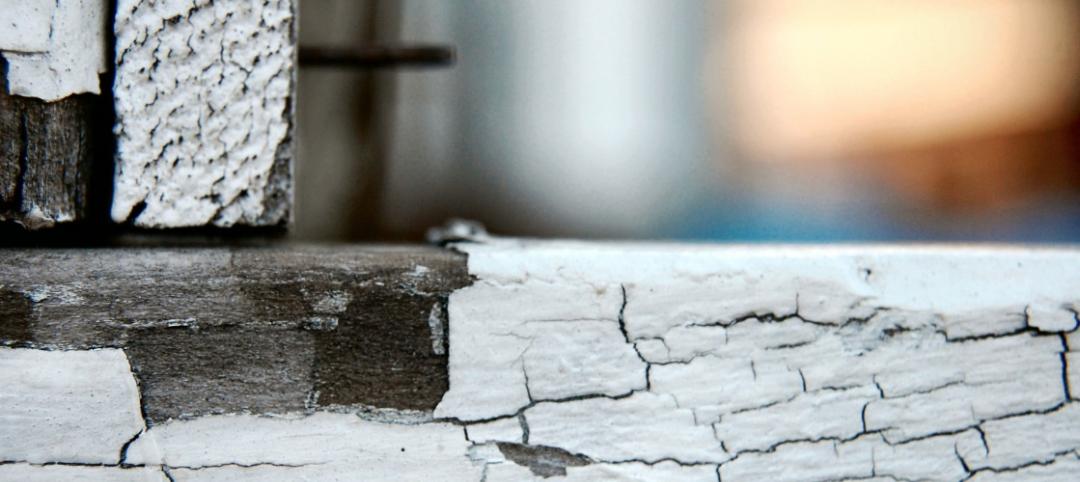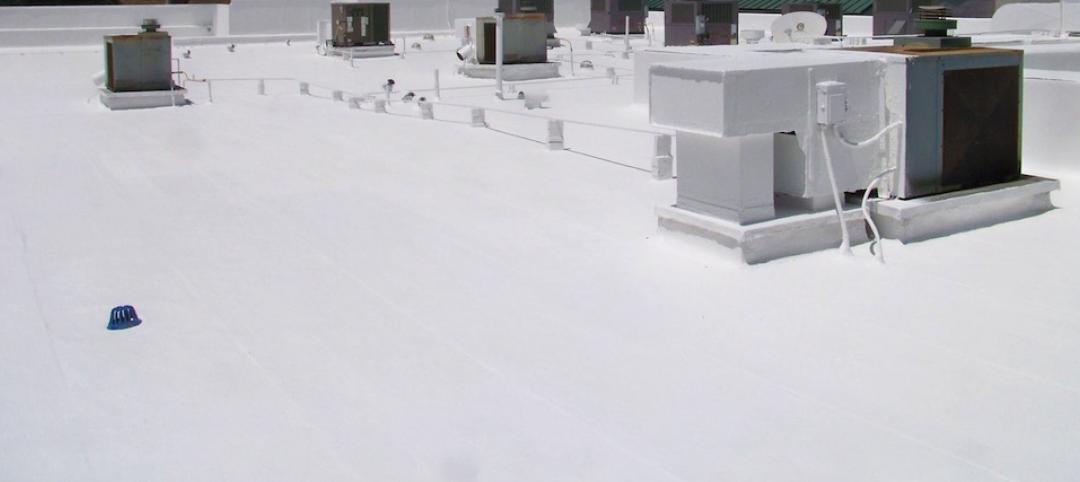The Mercedes-Benz Stadium in Atlanta opened in August of 2017 to great fanfare. Driven by Arthur Blank’s vision to “build a venue that would not only exceed expectations, but also push the limits of what was possible in terms of stadium design, fan experience and sustainability,” the new stadium truly changed the game for sports stadiums.
Bill Johnson, design principal for HOK, brought together experts from across the country to help realize the revolutionary engineering, design, and functionality envisioned for the $1.5 billion Mercedes-Benz Stadium project. The integrated team used a “top down” approach – literally – by envisioning the roof as the central design piece that would inform other elements to deliver a cohesive finished result.
Owens Corning experts joined Tennessee-based Porter Roofing contractors and Atlanta-based Larimer/Shannon Group to consult throughout the design and installation phases of the retractable roof. The collaboration led to the use of the Owens Corning® FOAMULAR® 1000 high-strength extruded polystyrene (XPS) insulation to support Johnson’s state-of-the-art roof design.

Open and Closed Case for a Groundbreaking Roof
Inspired by the Pantheon in Rome with a circular opening in the domed roof, Johnson set out to challenge conventional retractable roof design by marrying physics, design and product solutions that delivered. A key design challenge quickly became the sheer weight involved with the design of the petal-like pieces intended to open and close similar to a camera lens.
Designed for use in engineered applications requiring additional load-bearing capability, Owens Corning® FOAMULAR® 1000 was selected as the insulation for the roof design. Proven to help resist damage from heavy loads with 100 psi compressive strengths, the unique closed-cell structure of FOAMULAR® XPS also helps to make it highly durable and resistant to moisture, retaining its excellent R-value even following prolonged exposure to moisture and freeze/thaw cycling.
After a series of models and tests working through the physics and weigh considerations, the team moved forward with the intricate and complex retractable roof design featuring eight triangular translucent panels creating the illusion of extended bird's wings when open. To achieve this automated movement, each segment would move alongside each other, sliding on its own linear track.
To accomplish this, the team immediately was faced with calibrating precise measurements that would accommodate the three different sized mechanized petals required to converge seamlessly in the oval opening. The Owens Corning team worked hand in hand with Porter Roofing to specialty cut FOAMULAR® XPS in tapered sizes supporting each of the petals.
The attention to detail on the state-of-the-art roof was time consuming. So, while it was the first design element addressed – it was the last to get finalized. When the LEED platinum certified stadium opened in 2017, the retractable roof system still required some additional fine-tuning.
The final construction phase of the roof was completed in July 2018 when it successfully opened and closed from the touch of a button in less than 12 minutes. Due to its impressive stats, the finished Mercedes-Benz Stadium has been hailed as revolutionary in its design, engineering, functionality, sustainability, technology, and fan-friendliness.
For more information on the Owens Corning® FOAMULAR® 1000 solution featured in the Mercedes-Benz Stadium, please visit https://www.owenscorning.com/insulation/commercial or call 1-800-GET-PINK®.
Related Stories
| Sep 24, 2013
8 grand green roofs (and walls)
A dramatic interior green wall at Drexel University and a massive, 4.4-acre vegetated roof at the Kauffman Performing Arts Center in Kansas City are among the projects honored in the 2013 Green Roof and Wall Awards of Excellence.
| Sep 20, 2013
Perimeter roof edge: The first line of defense in a wind event [AIA course]
Aside from the roof membrane itself, the perimeter roof edge is the most critical component of the roofing system. As such, it warrants more scrutiny when designing a roof system.
| Sep 19, 2013
Roof renovation tips: Making the choice between overlayment and tear-off
When embarking upon a roofing renovation project, one of the first decisions for the Building Team is whether to tear off and replace the existing roof or to overlay the new roof right on top of the old one. Roofing experts offer guidance on making this assessment.
| Aug 22, 2013
UL Environment validates first landfill waste diversion claim; GAF demonstrates role as sustainability leader
Leading North American roofing manufacturer GAF has certified its Gainesville, TX TPO Roofing manufacturing facility under UL Environment’s Landfill Waste Diversion claim validation.
| Aug 20, 2013
First look: $550 million Billie Jean King National Tennis Center renovation
The United States Tennis Association has announced its plans for a sweeping transformation of the USTABillie Jean King National Tennis Center that will include the construction of two new stadiums, as well as a retractable roof over Arthur Ashe Stadium. The transformation will be implemented in three phases to begin at the conclusion of the 2013 US Open, with the goal of overall completion by the 2018 US Open.
| Jul 17, 2013
Should city parking space requirements be abolished?
Some cities are deliberately discouraging construction of new parking spaces by allowing the construction of buildings with a lower ratio of parking spaces to dwellings (as low as 0.75 spaces per residence).
| Jul 1, 2013
Firestone Building Products Company LLC Announces Sustainability Report
Firestone Building Products Company, LLC, the leading manufacturer of superior “Roots to Rooftops” products for commercial building performance solutions, today announced the release of its 2012 Sustainability Report. The report, the first for Firestone Building Products Company, covers the fiscal 2012 year and is available for download at firestonebpco.com.
| May 14, 2013
Paints and coatings: The latest trends in sustainability
When it comes to durability, a 50-year building design ideally should include 50-year coatings. Many building products consume substantial amounts of energy, water, and petrochemicals during manufacture, but they can make up for it in the operations phase. The same should be expected from architectural coatings.
| May 3, 2013
5 common failures in paints and coatings
As experienced designers, contractors, and owners know, most paint and coating problems are correctable, but some are especially stubborn to address. Here is a partial compendium of typical failure modes and methods for addressing the problem.
| Apr 24, 2013
Los Angeles may add cool roofs to its building code
Los Angeles Mayor Antonio Villaraigosa wants cool roofs added to the city’s building code. He is also asking the Department of Water and Power (LADWP) to create incentives that make it financially attractive for homeowners to install cool roofs.
















